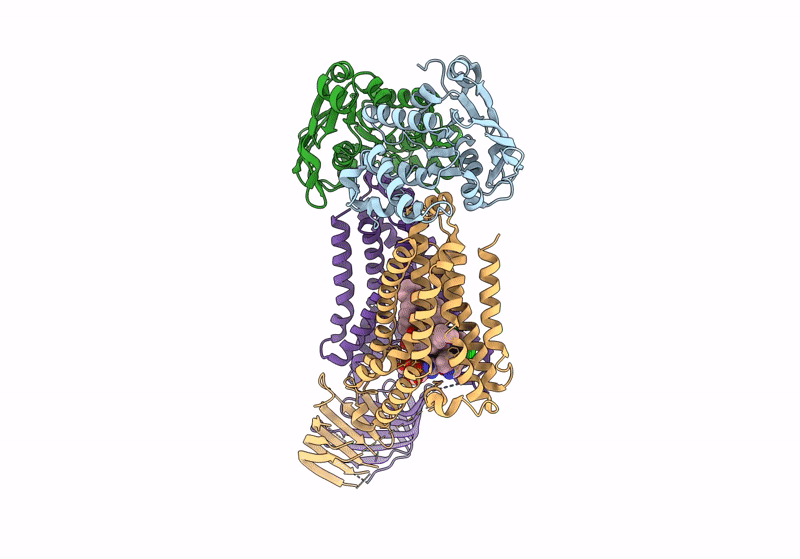
Deposition Date
2023-01-07
Release Date
2024-01-03
Last Version Date
2024-01-31
Entry Detail
PDB ID:
8FRO
Keywords:
Title:
Acinetobacter baylyi LptB2FG bound to lipopolysaccharide and a macrocyclic peptide
Biological Source:
Source Organism:
Acinetobacter baylyi ADP1 (Taxon ID: 62977)
Host Organism:
Method Details:
Experimental Method:
Resolution:
3.25 Å
Aggregation State:
PARTICLE
Reconstruction Method:
SINGLE PARTICLE


